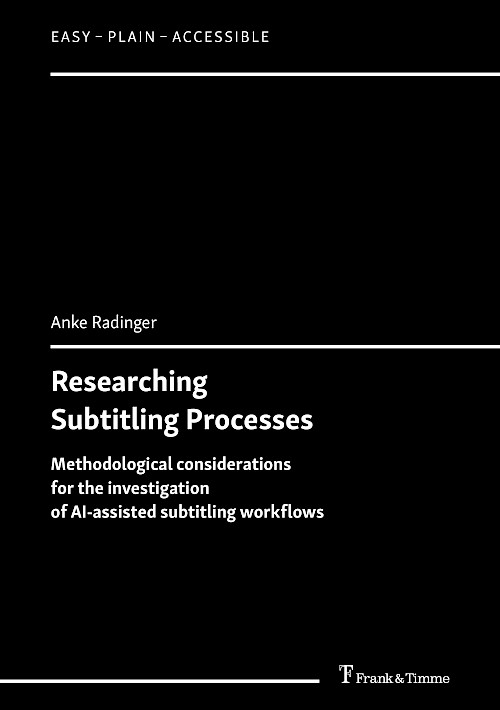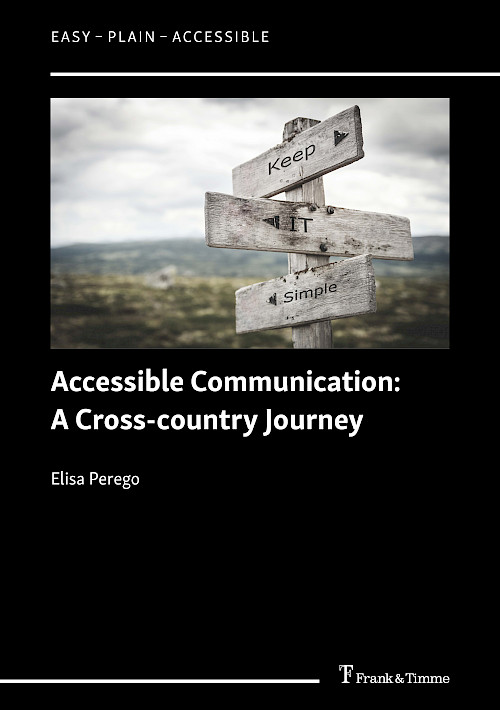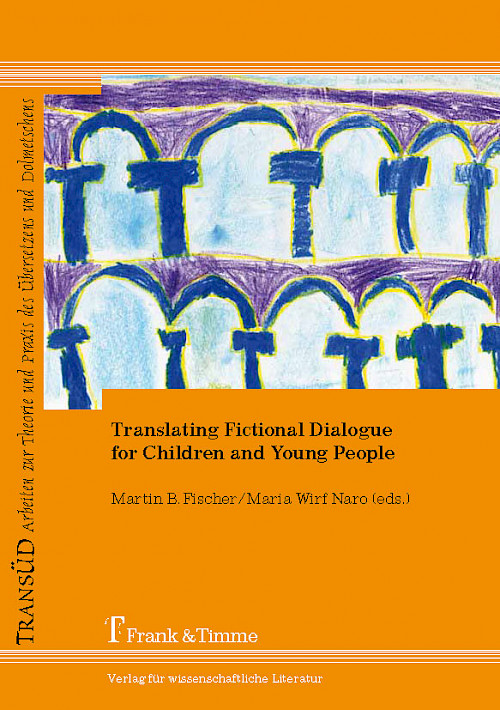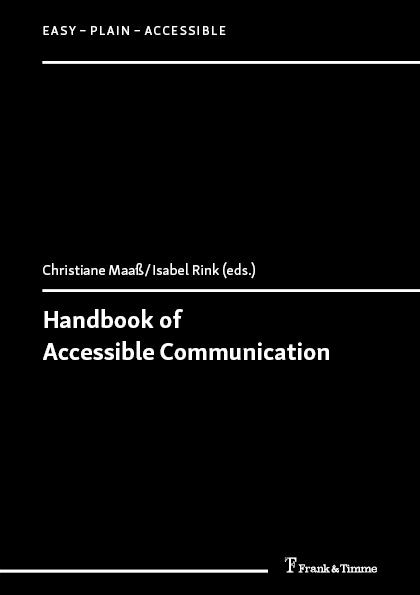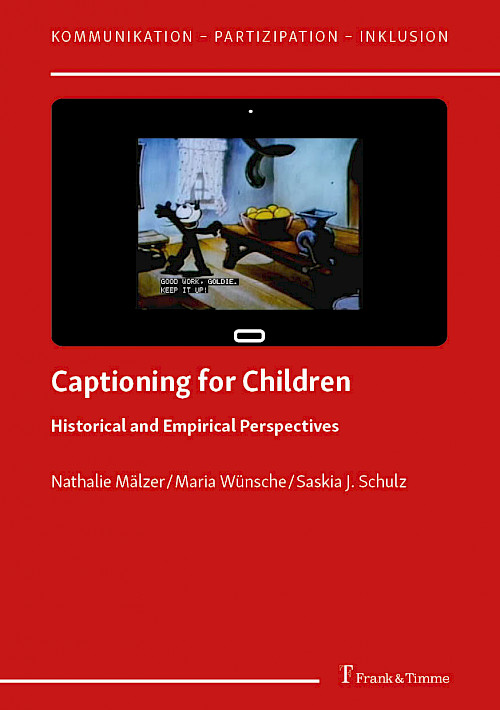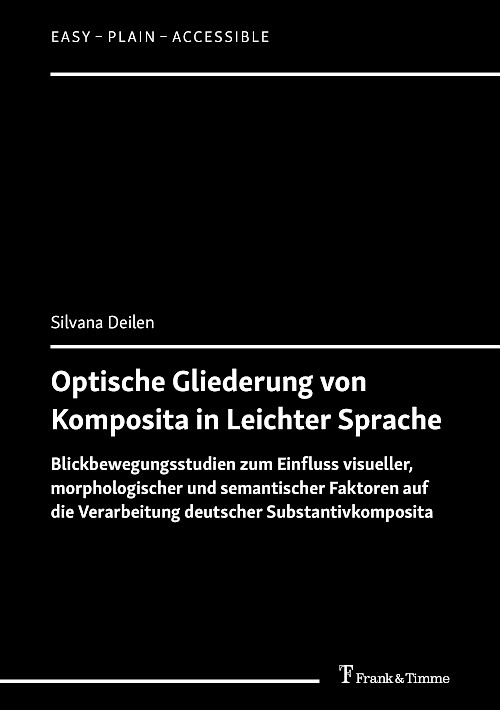Zum Inhalt
Subtitling is almost as old as the motion picture itself. It is a very specific form of translation that goes well beyond the transferring of written texts – given that the source text (the film) is a complex combination of spoken and written text, together with dynamic images, music and sounds. But how does one “read” a film in order to translate it? In this volume, Anke Radinger investigates what happens in a subtitlers’ mind, especially in various working environments. An example of one of these conditions is the introduction of innovative assistive language tools such as AI-powered speech-to-text into traditional subtitling workflows. Using methods like eye tracking and keylogging, Radinger reviews computer (or rather AI-) assisted subtitling processes, practices, and workflows, while concentrating on aspects such as effort and quality. Her work is a valuable contribution to subtitling process research (SPR), a young and greatly under-researched subfield of audiovisual translation.


